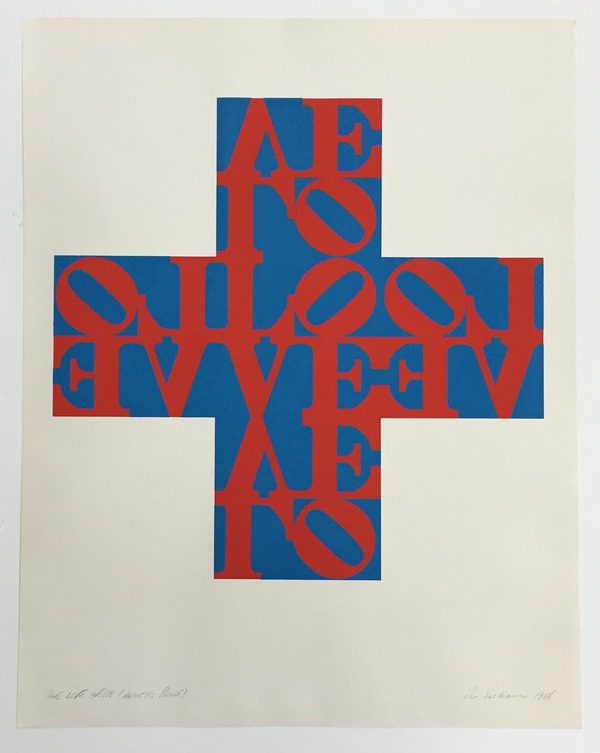Tag Archives: letters
WOW! – Work of the Week 7/27/15
John Baldessari, Two Unfinished Letters
 John Baldessari
John Baldessari
Two Unfinished Letters
1992-93
Screenprint and lithograph on Arches 88 paper with slight deckle
33 1/2 x 21 in.
Edition of 80
This piece is signed and numbered in ink.
About This Work:
John Baldessari makes art that forces people to think. He presents the viewers with enigmatic compositions that suggest manifold interpretations but dictate none. Perhaps his most consistent objective over a half-century of work has been his desire to redirect ways of seeing, challenge how we look at the world, by proposing unexpected scenes or spotlighting the mundane and underrecognized.
In Two Unfinished Letters, John Baldessari depicts eight movies scenes where people are holding pieces of paper, bringing our attention to the various ways people both handle and read letters. Something that more often than not goes unnoticed, but has been integral in the way we communicate.
About John Baldessari:
Throughout his career, John Baldessari has defied formalist categories by working in a variety of media—creating films, videotapes, prints, photographs, texts, drawings, and multiple combinations of these. In his use of media imagery, Baldessari is a pioneer “image appropriator,” and as such has had a profound impact on post-modern art production.
Born in 1931, John Baldessari studied art, literature, and art history at San Diego State College and the University of California, Berkeley. Baldessari initially studied to be an art critic at the University of California, Berkeley during the mid 1950s, but growing dissatisfied with his studies, he turned to painting. Inspired by Dada and Surrealist literary and visual ideas, he began incorporating photographs, notes, texts, and fragments of conversation into his paintings. Baldessari remains fundamentally interested in de-mystifying artistic processes, and uses video to record his performances, which function as “deconstruction experiments.” These illustrative exercises target prevailing assumptions about art and artists, focusing on the perception, language, and interpretation of artistic images.
Allowing pop-cultural artifacts to function as “information,” as opposed to “form,” Baldessari’s works represented a radical departure from, and often a direct critique of, the modernist sensibility that dominated painting for decades.

